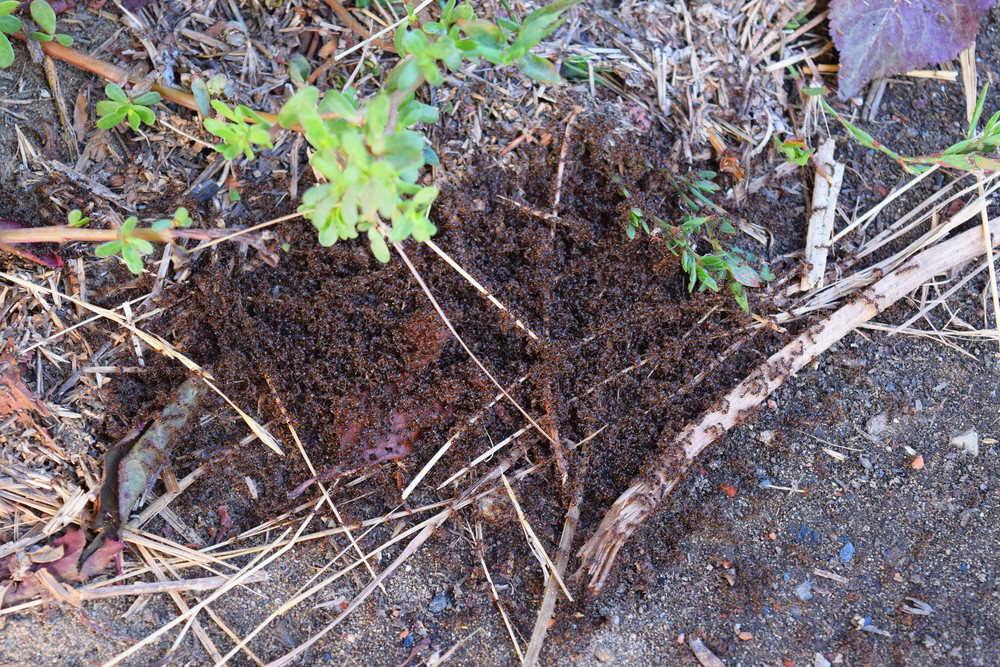
Commercial establishments are susceptible to pest infestations, which can not only damage property but also harm the reputation of the business. Implementing effective pest control measures is essential to maintain a safe and hygienic environment for employees, customers, and visitors. Here are some proven commercial treatment pest control methods to address and prevent pest infestations effectively.
Integrated Pest Management (IPM): Integrated Pest Management is a comprehensive approach to pest control that emphasizes prevention, monitoring, and targeted treatment methods. This strategy involves identifying pest vulnerabilities, implementing preventive measures such as sealing entry points and maintaining cleanliness, and using environmentally friendly treatments to manage pest populations. By combining multiple tactics, IPM minimizes the need for chemical pesticides and promotes long-term pest control solutions.
Regular Inspections and Monitoring: Conducting regular inspections and monitoring activities is crucial for early detection of pest infestations in commercial properties. Trained pest control professionals can inspect the premises thoroughly, identify signs of pest activity, and assess the extent of the infestation. Monitoring devices such as traps, bait stations, and pheromone traps can also be deployed to track pest populations and monitor activity levels over time.
Sanitation and Hygiene Practices: Maintaining proper sanitation and hygiene practices is essential for preventing pest infestations in commercial settings. Regular cleaning of floors, countertops, and food preparation areas removes food debris and spills that attract pests. Proper waste management, including the timely disposal of garbage and recycling, helps eliminate potential food sources for pests. Additionally, storing food and supplies in sealed containers and maintaining clean, clutter-free storage areas can deter pests from establishing harborage sites.
Chemical Treatments: In cases where pest infestations are severe or difficult to control using non-chemical methods, commercial pest control professionals may utilize chemical treatments to eradicate pests effectively. These treatments may include the application of insecticides, rodenticides, or microbial agents targeted at specific pest species. It’s essential to use these chemicals safely and responsibly, following all label instructions and regulations to minimize risks to human health and the environment.
Exclusion Measures: Exclusion measures involve sealing entry points and implementing physical barriers to prevent pests from entering the premises. Common entry points for pests include gaps around doors and windows, cracks in walls and foundations, and utility penetrations. Sealants, screens, door sweeps, and weather stripping can be used to seal gaps and cracks, while mesh screens and air curtains can help prevent flying insects from entering buildings.
Education and Training: Educating employees about pest prevention measures and providing training on identifying signs of pest activity can help create a culture of pest awareness in commercial establishments. Employees should be encouraged to report any pest sightings or concerns promptly, allowing for timely intervention by pest control professionals. Training programs can also cover proper sanitation practices, storage guidelines, and emergency procedures to address pest-related issues effectively.

Effective commercial treatment pest control involves a combination of preventive measures, monitoring activities, and targeted treatments tailored to the specific needs of the business. By implementing integrated pest management strategies, conducting regular inspections, maintaining sanitation practices, utilizing chemical treatments judiciously, implementing exclusion measures, and providing education and training to employees, commercial establishments can effectively manage pest infestations and maintain a pest-free environment.

